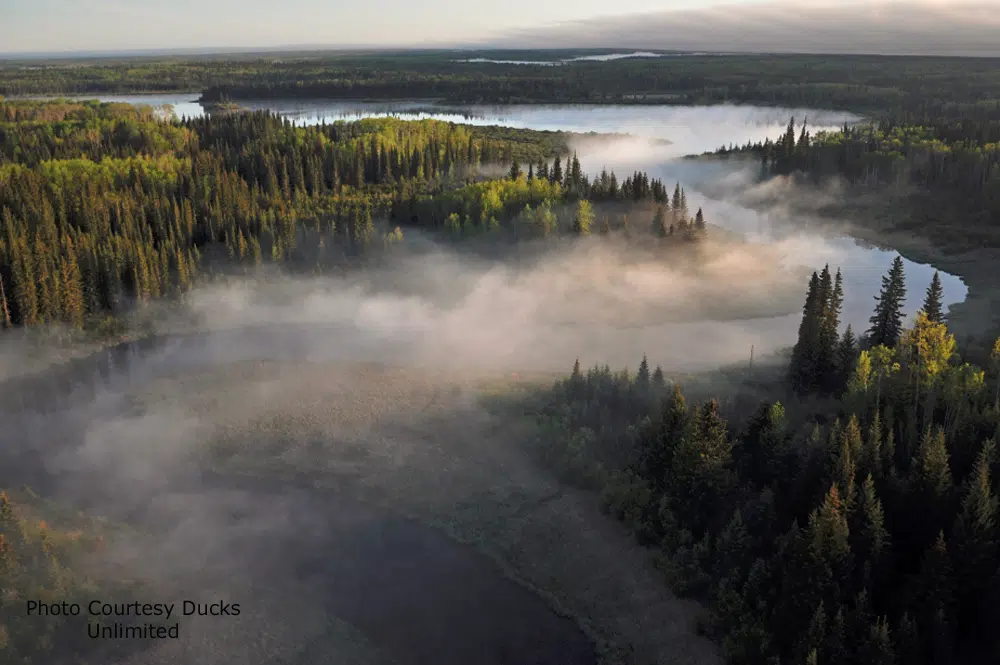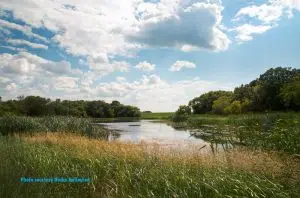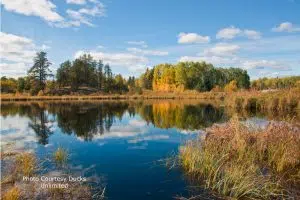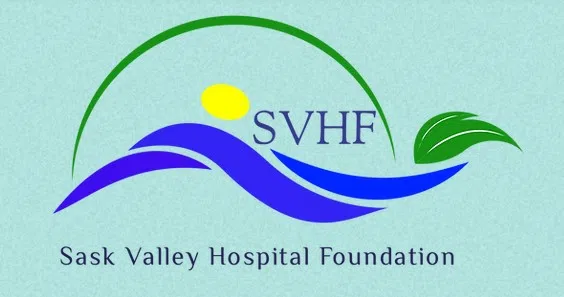
A three year project from the Saskatchewan Research Council is getting interest from the forestry industry with some companies beginning to take a more serious look at environmental stewardship.
Dr. Mark Johnston says the goal was to come up with a method for sampling carbon in wetlands that would be scientifically credible and still straight forward enough for people who aren’t scientists to be able to do it, which they have been successful at doing.
Canada’s wetlands sequester 147-billion tonnes of carbon, which is 900 times the annual carbon emissions from all of this country’s industrial activities.
Johnston gives an example of how their method can be used in the real world.
He says if a company is building a road to access a portion of forest, they need to know where to build the road so it doesn’t interrupt with the water flow and dry out any nearby wetlands, which would then release carbon emissions into the atmosphere.
But Johnston says it’s not just about the carbon. Wetlands are biodiversity hotspots, with animals and plants unique to that environment, so the best way to conserve them is to understand how they function.
The SRC partnered with the Sustainable Forestry Initiative, Louisiana-Pacific Canada, Spruce Products Ltd., Ducks Unlimited and the University of Brandon for this project.


























